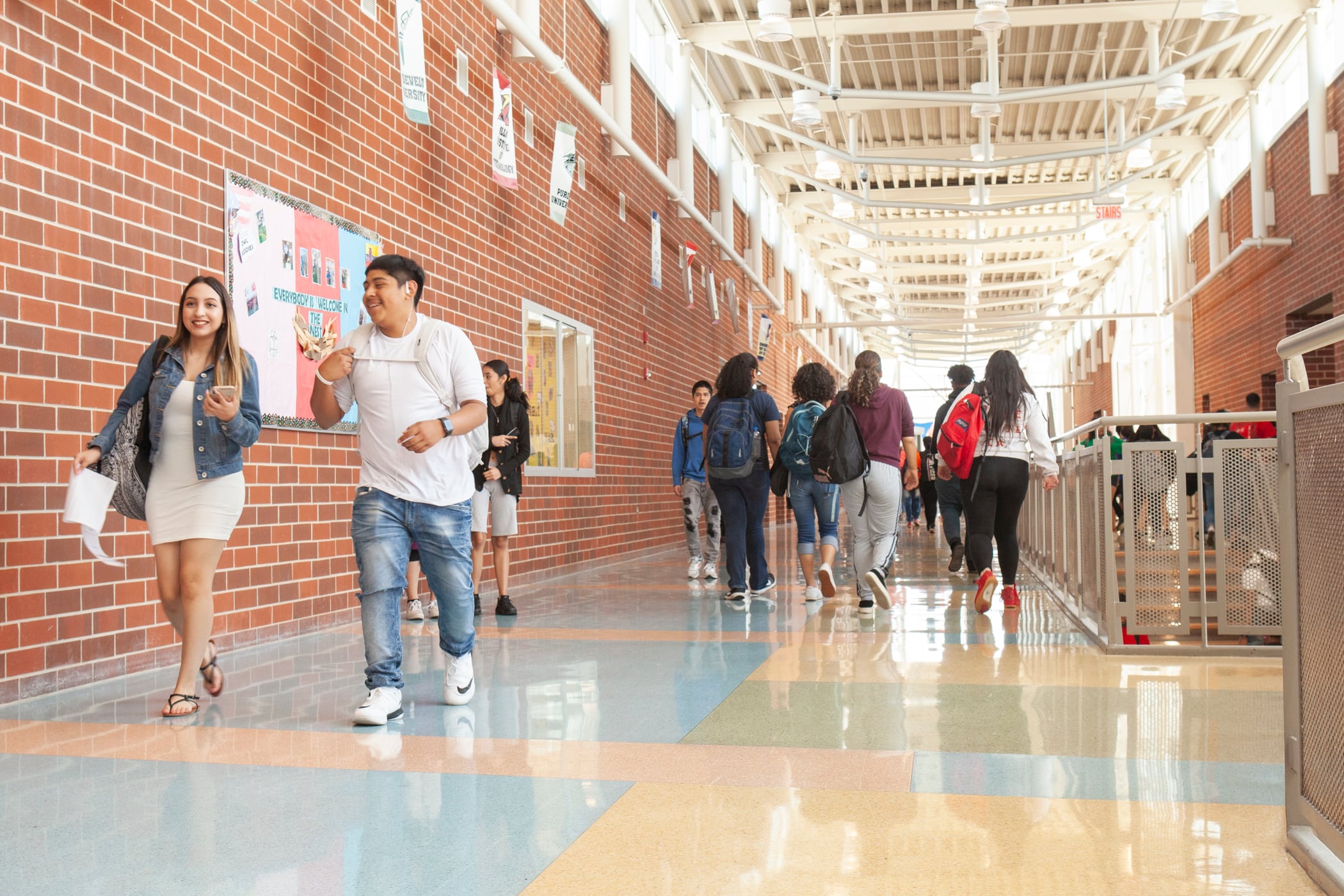High school seniors across Illinois were applying for financial aid at rates that could have outpaced or at least met those of previous years. But then the coronavirus pandemic hit.
Gov. J.B. Pritzker has plans for almost every high school student to apply for federal student aid. He has touted the Free Application for Federal Student Aid, also known as FAFSA, as a way to make college more accessible to students.
Since the start of the pandemic, however, numbers from the state Department of Education indicate students have found it more difficult to submit FAFSA applications. From mid-March to the end of June, the state saw about 4,000 fewer applications from high school seniors.
The state has seen a slight dip in applications overall. There were 15,000 fewer applications submitted from high school, undergraduate, and graduate students. The current FAFSA application completion rate is at 60.6 percent for high school seniors, down 4.2 percent from the previous year.
The drop in FAFSA forms is even more significant for low-income high school seniors — those who need it the most. FAFSA applications for MAP-eligible students in Illinois are down nearly 7 percent from last year, according to numbers from the National College Attainment Network.
Lynne Baker, the managing director of communications at the Illinois Student Assistance Commission, said low-income students, as well as students in rural areas may struggle to fill out FAFSA forms, in part because of a lack of access to critical technology. ISAC runs a grant program for low-income secondary students in remote areas of the state, and Baker said reaching students through technology had been a barrier even before the pandemic.
According to FAFSA data, seven out of 11 districts with less than a 30% FAFSA completion rate are located in rural areas. At Zeigler-Royalton Community Unit School District, in rural Franklin County, completion rates dropped from between 35% to 39% in 2019 to less than 20% this year. Similarly, at Williamsfield Community School District, completion rates dropped from between 45% to 49% to between 20% to 24% within the year.
Meanwhile, Chicago Public Schools has maintained its historically high FAFSA completion rates throughout the pandemic. About 3 in 4 students submit a FAFSA at CPS, a district that requires seniors to have a detailed post-secondary plan in order to graduate, also known as “Learn. Plan. Succeed.”
Ladder Up, which partners with CPS to assist students with FAFSA applications, has continued to offer services virtually, but has seen a 95% drop in remote requests, Carly Oishi, the director of financial capability, said.
The dip in applications comes ahead of a new state law that aims to boost completion rates through graduation requirements. The law, which will take effect in the fall, mandates all high school students apply for federal student aid to graduate. Families can sign a waiver to opt out of the requirement.
Most students filled out their FAFSA application for the 2019-2020 school year before the stay-at-home order started. But, with uncertainty about school reopenings in the fall, completion rates could continue to drop off in the upcoming academic year, even if FAFSA applications are a priority.
As unemployment skyrockets around the country, many students have seen significant changes in their family income. The FAFSA application relies on tax returns prior to the pandemic, and students who are now experiencing a change in their financial circumstances may worry that their financial aid will not be enough, Baker said. The commission suggests students review the circumstances with their financial aid office instead of putting their plans on hold.
Students who contact their university can request a professional judgment, in which a financial aid administrator manually reviews and makes changes to a FAFSA. For universities, a professional judgment is a long and extensive process. Oishi said universities risk losing federal funding if just one professional judgment has an error.
“Administrators or financial aid officers (could push) back on how many professional judgments they would allow,” Oishi said. “ On the flip side, though, if you really need kids to go to your school to stay open, then they might not be able to have such a strict stance.”





